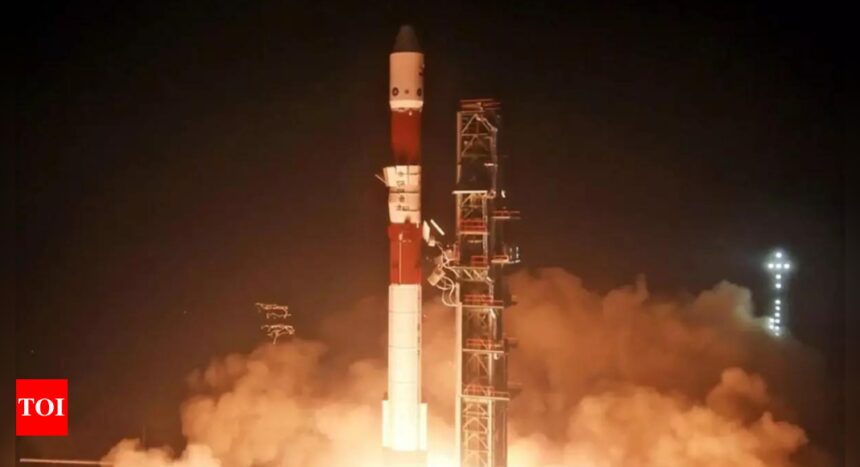The Space Docking Experiment (SpaDeX) satellites successfully reduced their distance to 230 meters from an initial range of 1.5 kilometers by Saturday evening. The Indian Space Research Organisation (ISRO) reported that all onboard sensors are functioning normally and have maintained a stable spacecraft health status. However, the agency has not yet specified when it will conduct the important docking maneuvers aimed at bringing the two satellites together in space.
On January 10, ISRO updated that its spacecraft had entered “hold mode” at a distance of 1.5 kilometers, with plans to decrease the separation to 500 meters the following morning. Earlier, on January 9, ISRO had adjusted the satellite paths for a gradual drift, having had to postpone the docking attempt twice before—first on January 7 and again on January 9. The initial postponement was due to the need for further validation of the docking process through ground simulations after an abort scenario was identified.
On January 8, during attempts to maneuver the satellites closer together, ISRO encountered an unexpectedly large drift and decided to postpone the scheduled docking for that day. However, by January 9, the agency successfully directed the spacecraft into a slower drift trajectory aimed at closing the distance between them.
Docking in space is a highly intricate procedure that only a few nations—namely the United States, Russia, and China—have successfully mastered. As ISRO continues its preparations and testing, it showcases the complexity and technical expertise required in the realm of space exploration.








